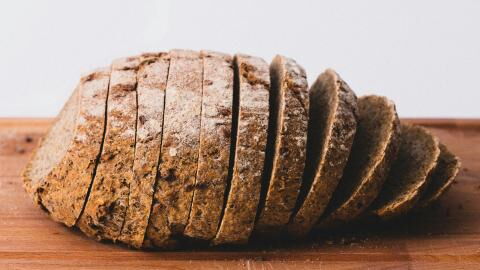Cooking and butter are a great love story. And for good reason, whether it is unsalted or salted, butter is essential in cooking and even more so when making pastries.
Discover our latest podcast
But when it comes to using it, many people make one mistake. Here is the mistake to avoid when cooking with butter.
Be careful with cooked butter
When cooking vegetables or meat, many of us use butter as an alternative to olive oil. Yes, we mean that famous knob of butter that adds a touch of deliciousness to all dishes. However, you should remain vigilant and make sure that the butter does not exceed a certain temperature. Ideally, it should remain below 140°C.
Above this temperature, the butter starts to turn brown. This is called the Maillard reaction, caused by the interaction between the proteins and carbohydrates in the butter. This dark butter is composed of harmful and inflammatory molecules. Brown ‘hazelnut’ butter is tolerated but black butter should be avoided at all costs as it can be toxic to one's health.
The best way to eat butter
As you can see, doctors are not unanimous when it comes to melted butter! On the other hand, raw butter is excellent for your health (even if it should be consumed in moderation). It can be spread on toast, melted over vegetables or potatoes, or added to fish fillets. If you want to cook food with butter, use a gentle cooking method.
Ghee, a healthier option

If you have consulted an Indian cookbook, you have surely come across ghee, a clarified butter that is often used in Indian cuisine. Ghee is a butter from which the water, proteins, and lactose have been removed by filtration. It is known for its regenerative and nutritive properties, but above all, it has the advantage of never burning during cooking. It is thus a good alternative to butter!















